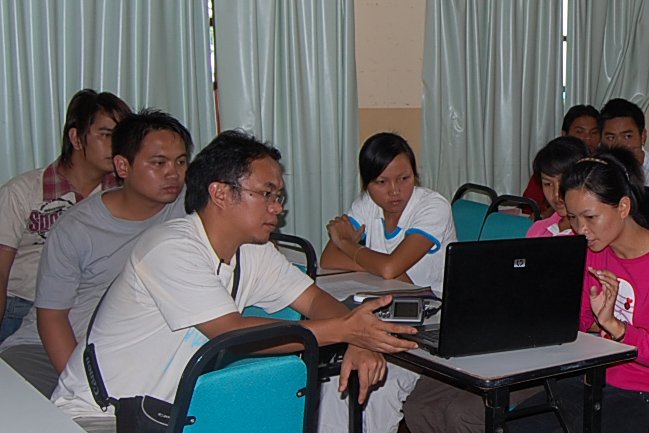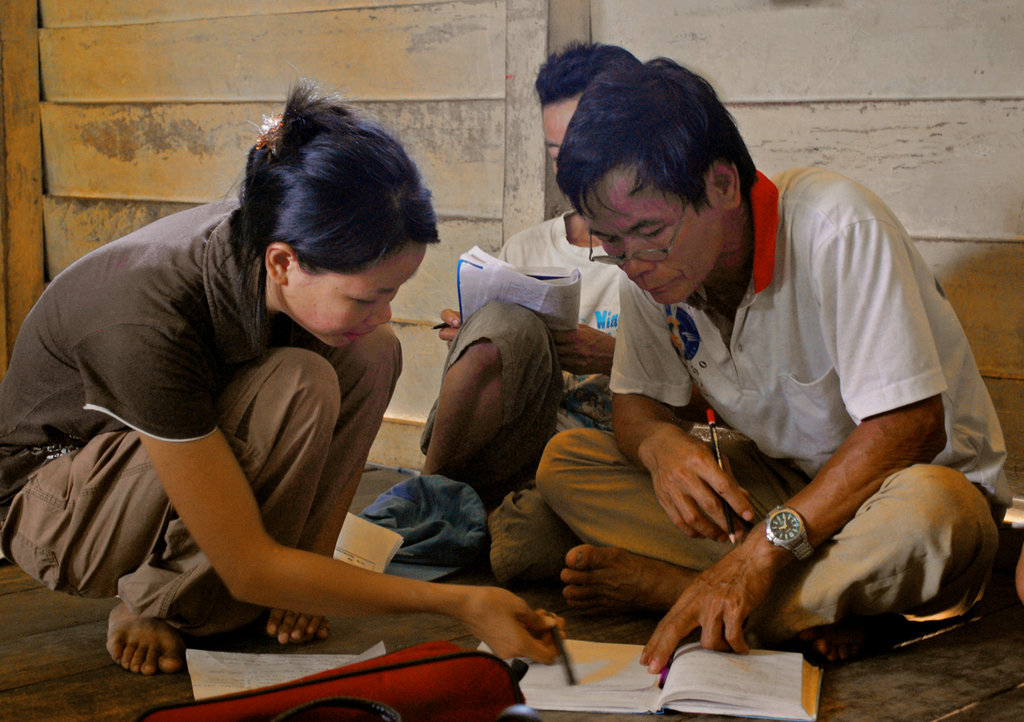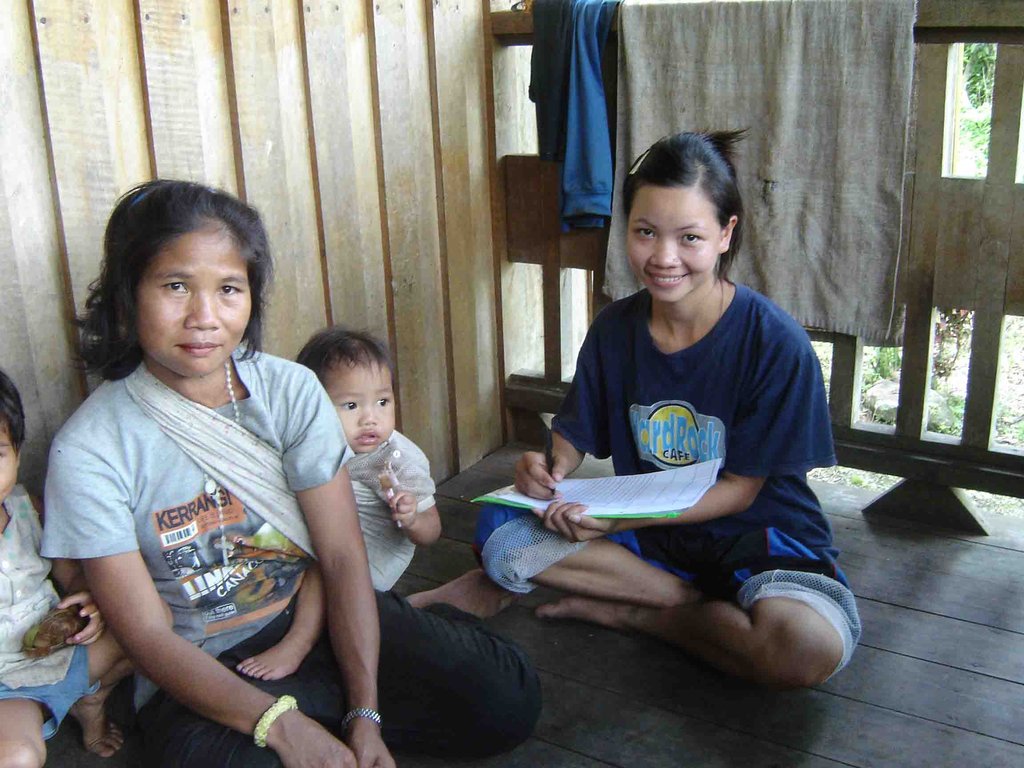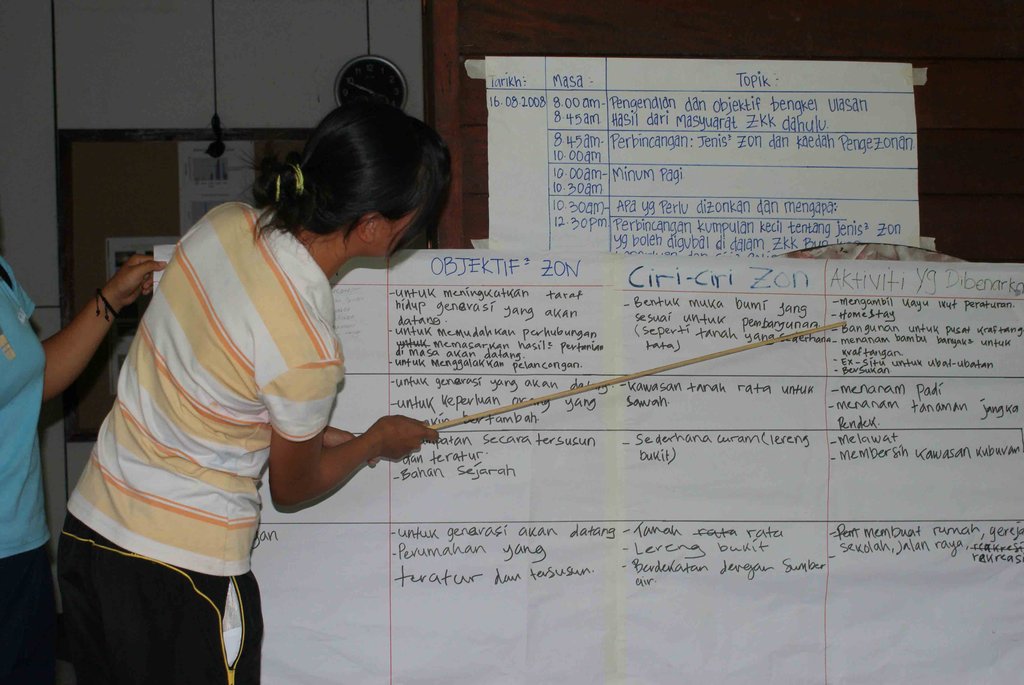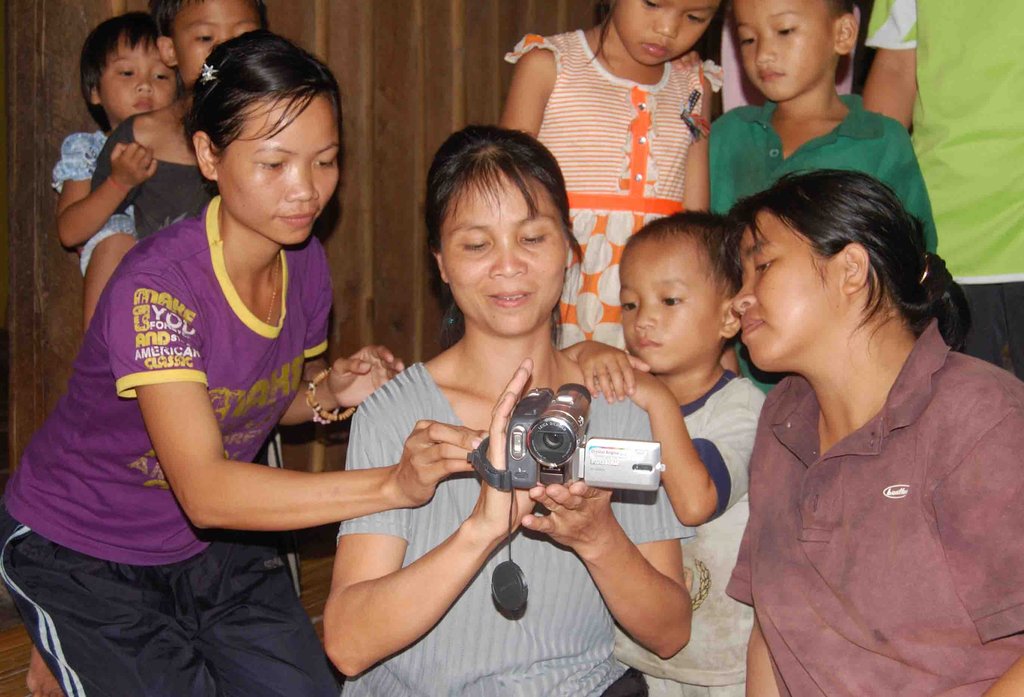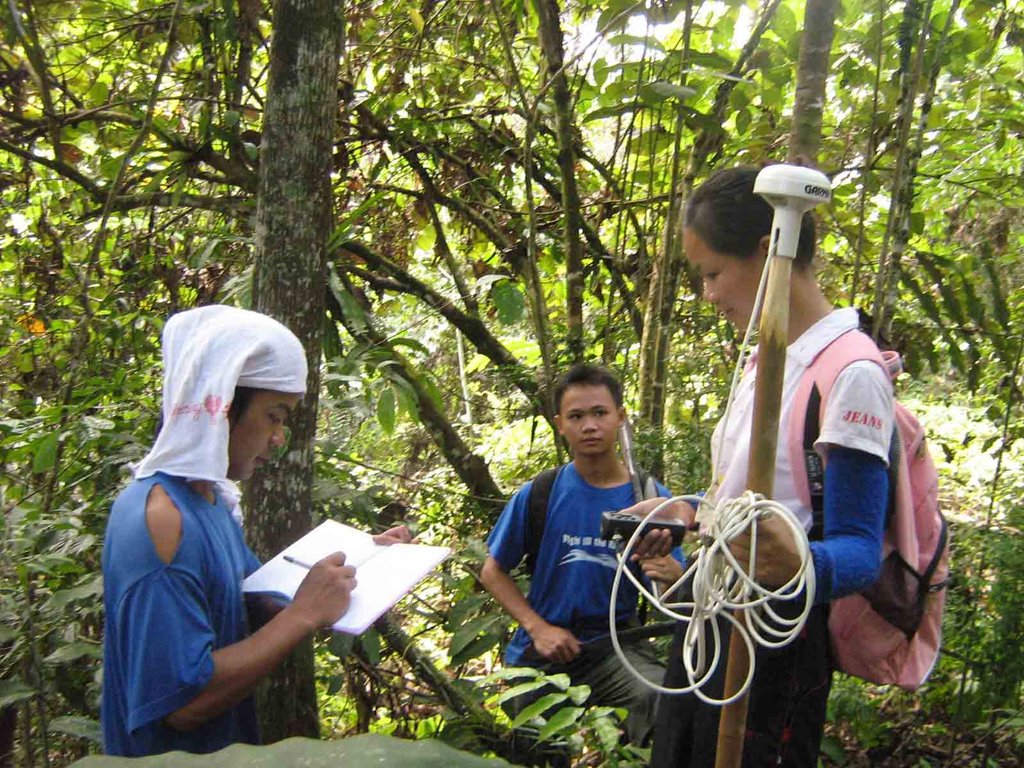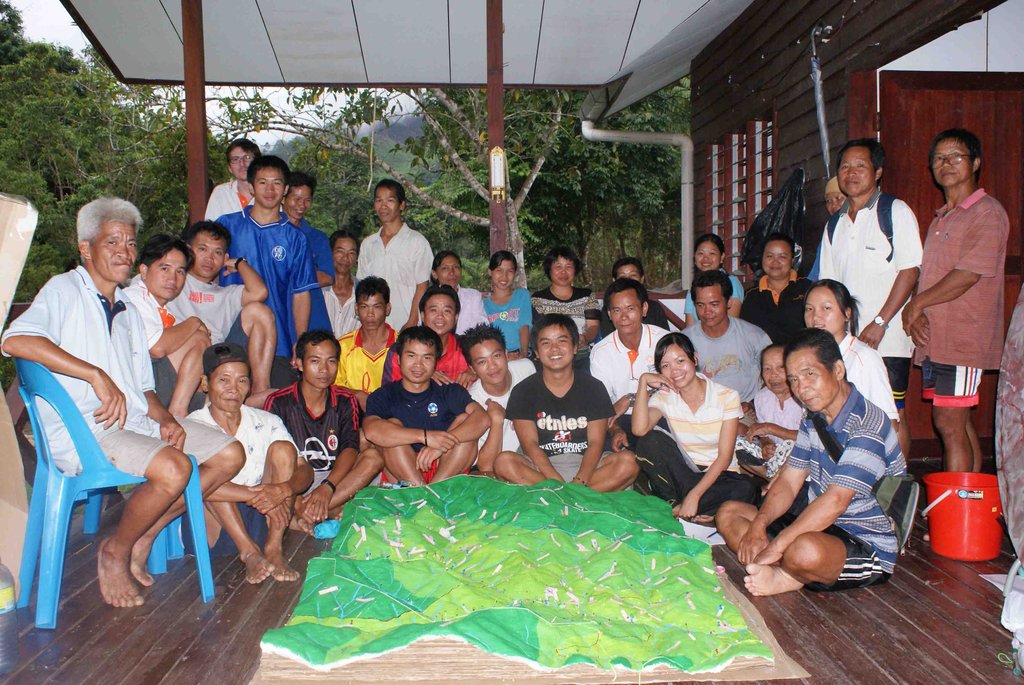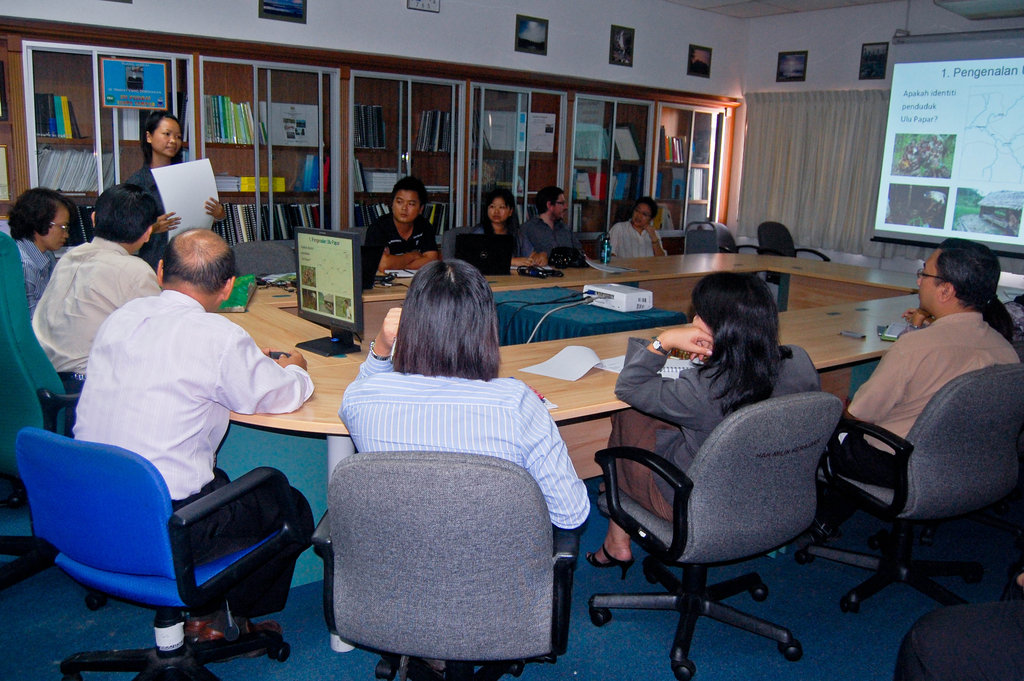By Jenny Sanem | Community Researcher since 2007
My name is Jenny Sanem. I am an indigenous Dusun from Buayan village.
In 2007, I started working as a community researcher. At the time, I was only 21 years old, and was working as a shop attendant in Donggongon town. Although I was born in Buayan, I did not know much about Buayan except that is one of the nine villages that, together, is known as Ulu Papar. It is located in a remote part of the island of Borneo.
As a community researcher, I started to learn about my village and gained skills I had never even heard of before. Alongside other community researchers from Ulu Papar (we are called the Community Researchers Team), I learned how to create maps by collecting GPS readings, use different research techniques to understand the relationships that exist between my community and the environment we live in, monitor how my community use and manage the resources found in the forest, and share the story of our lives through photography and community filmmaking.
There are so many things about Ulu Papar that I was not aware of until I became a community researcher. The last few years has been challenging, and at times, scary. For example, in August last year, I delivered a presentation entitled “A Biocultural Perspective for Heritage Conservation in Ulu Papar, Sabah” to an audience of around 300 during the Asian Wetlands Symposium. Earlier this year, we had dialogues with high-level government officers to deliver the results of our research. As a group, we have stood up to defend our land. It has definitely been challenging, and through it all, I have learned to appreciate all that Ulu Papar has to offer.
I hope these photos give you an idea of my journey so far as a community researcher.
* story told by Jenny in Bahasa Malaysia, the national language of Malaysia.
Links:
Project reports on GlobalGiving are posted directly to globalgiving.org by Project Leaders as they are completed, generally every 3-4 months. To protect the integrity of these documents, GlobalGiving does not alter them; therefore you may find some language or formatting issues.
If you donate to this project or have donated to this project, you can receive an email when this project posts a report. You can also subscribe for reports without donating.
